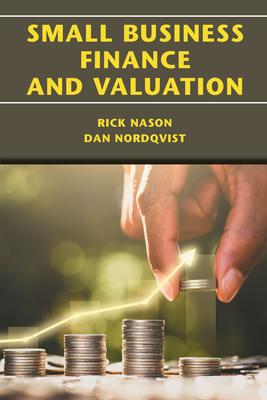Question
An unlisted property trust is examining a proposal to purchase a mixed-use building located in Melbournes CBD. The details of the proposal are as follows:
An unlisted property trust is examining a proposal to purchase a mixed-use building located in Melbournes CBD. The details of the proposal are as follows:
The building consists of ground floor retail stores, 3 floors leased by an established convention centre operator, 5 floors of modern office space leased to a state government department with a long lease, and the remaining top 15 floors of modern office space leased to various business tenants. All available space is assumed to be leased during the holding period with a provision for vacancy, reflected in the occupancy rate, to allow for changes in occupancy. All leases have annual upward rent reviews which reflect the expected market rent. The operating costs, council rates, and water rates are quoted as percentages of actual rent received (i.e., adjusted for vacancy). Building insurance premium is quoted on the initial building value and will not be adjusted due to depreciation or refurbishment.
There is an ongoing refurbishment program in place for the top 15 floors. One floor is refurbished each year, starting with floor 9 in year 2 and progressing up a floor each successive year. The refurbishment is required by the Victorian Building Authority (VBA) and must be carried out as scheduled, no matter which investor owns the building. When a floor is being refurbished, all tenants on the floor must vacate. Therefore, during the refurbishment of the floor, no rent is received, but all other regular operation expenses are still incurred. Further, the cost of refurbishing each floor equals 80% of the lost gross rent (adjusted for occupancy) during the year of refurbishment. After the 1-year refurbishment, the floor will be let out again immediately at the new market annual rent, which equals to the originally expected market annual rent (adjusted to include the growth of the missing year) plus an additional 1% premium to the annual rent growth rate. The new annual growth rate of rent on the refurbished floor continues in all following years. This refurbishment constitutes a yearly capital improvement from year 2 onwards and follows the depreciation schedule of building structure.
The purchase can be funded by both debt and equity. Borrowed funds cannot exceed 90% of the purchase price. Loan finance is interest-only and for 20 years. The investor can meet any annual operational shortfall in cash flow. Operational shortfalls in cash flow are funded at the same rate as the projects required return. Cash throw-offs (i.e., after-tax operational surpluses) are re-invested at the prevailing safe re-investment rate.
The trust is subject to the corporate tax rate. Australias corporate tax rate, land tax and stamp duty rates for Victoria apply. GST is to be ignored.
The property is held for 10 years and the selling price is determined using the direct capitalization method. The out-going forward cap rate, which is assumed to equal the in-going forward cap rate.
- Suppose that the trust borrows a debt equal to 70% of the purchase price. Construct a spreadsheet model to analyse the profitability of this investment opportunity via NPV, IRR and MIRR. Is the investment profitable?
Please note that your model MUST be dynamic rather than hard-coded. In other words, your model should be able to accommodate alternative scenarios (different sets of input variables e.g., LVR, interest cost) and can calculate the profitability outcomes (NPV, IRR, and MIRR) accordingly.
2. Provide a sensitivity table for the impact of changing LVR (in the range of 40% - 90%, incrementing by 5% per step) on the investments NPV and IRR. What is the break-even LVR that makes the project profitable? At what LVR is the investment profitability maximised, if profitable at all? Provide analyses to all these questions answers in the Executive Summary.
Please note that you Excel model should allow for the use of Goal Seek and Solver to examine the effect of changing key input variables (e.g., LVR) on result variables (e.g., NPV) and to find the break-event values. Do not involve no hardcoding in any formula and functions.
3. Provide a sensitivity table for the impact of changing Convention Centre occupancy rate (in the range of 70% to 95%, incrementing by 5% per step) on the investments NPV and IRR.
4. Would you recommend the property to the fund manager? What are the limitations of your valuation model?
Step by Step Solution
There are 3 Steps involved in it
Step: 1

Get Instant Access to Expert-Tailored Solutions
See step-by-step solutions with expert insights and AI powered tools for academic success
Step: 2

Step: 3

Ace Your Homework with AI
Get the answers you need in no time with our AI-driven, step-by-step assistance
Get Started


